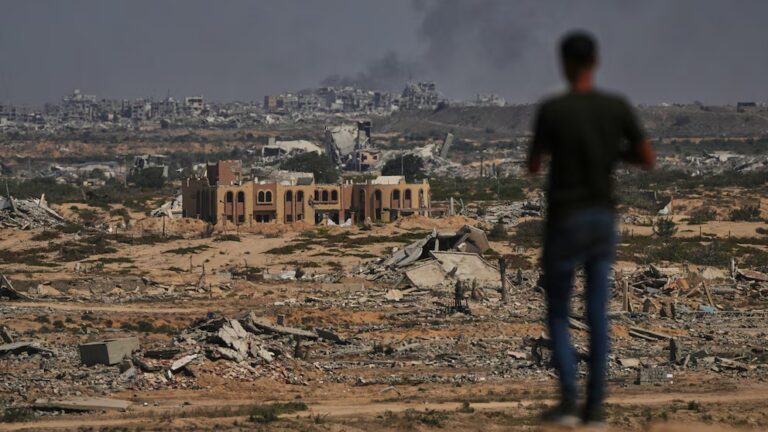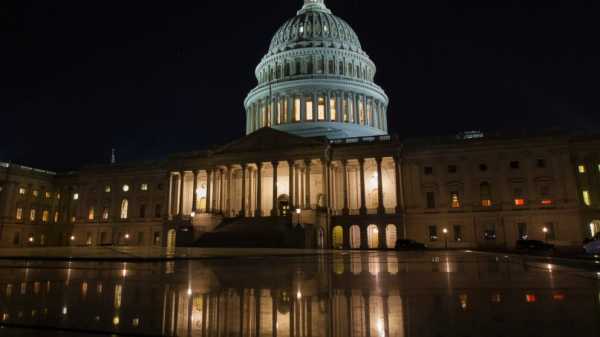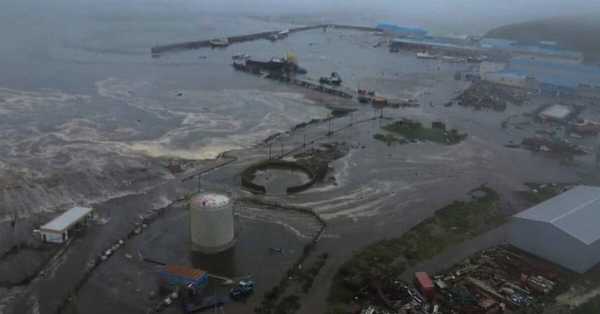
One of the most powerful earthquakes in history was registered on Wednesday in the Russian Far East: a seismic event measuring 8.8 on the Richter scale triggered a tsunami in the northern waters of the Pacific Ocean and caused warnings for Alaska, Hawaii and territories as far south as New Zealand.
The waves generated reached the coastline of the Kuril Islands and the Japanese island of Hokkaido after the morning earthquake with a magnitude of 8.7.
The population was advised to move to areas with higher terrain, but in areas already affected by the elements, there was no information about serious damage.
Dave Snyder, the Alaska National Oceanic and Atmospheric Center's warning system coordinator, said waves in the Amchitka and Adak areas were no more than 30 centimeters above high tide.
Japanese meteorologists recorded water levels of up to 60 centimeters (24 inches) in Hamanaka in Hokkaido and the port of Kuji in Iwate Prefecture, up from the previous level of 40 centimeters (16 inches).
Further waves are expected to arrive, with the threat of continued high activity remaining for at least 24 hours.
Japan's disaster agency said there were no casualties or damage, issuing an evacuation order for more than 900,000 residents along the Pacific coast from Hokkaido to Okinawa.
Governor Valery Limarenko confirmed the arrival of the first wave in Severo-Kurilsk, a key settlement on the Kuril Islands.
He clarified that local residents are in safe zones at elevated locations, waiting for the threat of repeated waves to be lifted.
Damage and evacuation measures have been reported in Russian regions close to the epicenter of the Kamchatka earthquake.
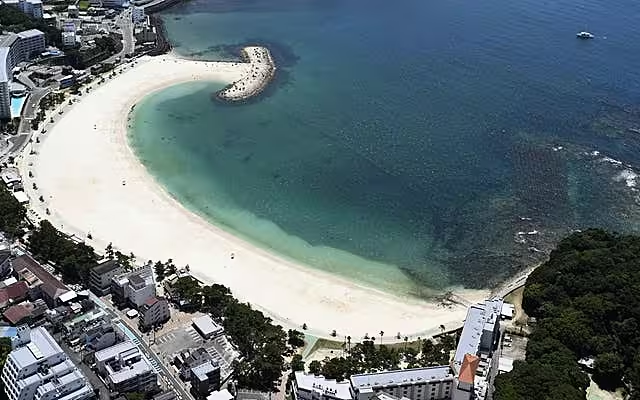
The Pacific Emergency Management Center warned of possible waves of 1-3 meters high off the coast of Hawaii, Chile, Japan and the Solomon Islands, as well as exceeding the three-meter mark in coastal areas of Russia and Ecuador.
Experts stressed that the elements are capable of causing damage to all of the Hawaiian Islands.
“An immediate response is required to preserve the lives and property of citizens,” the official statement said.
Honolulu traffic congestion worsened as the alerts coincided with rush hour, with sirens blaring and prompting residents to seek higher ground.
China's natural resources agency has issued a state of alert for the east coast, including Shanghai and Zhejiang, where Typhoon CoMay is already expected to approach.
Initial estimates of the magnitude of the seismic event, which occurred at 8:25 a.m., were 8.0. Japan and the U.S. Geological Survey (USGS) later revised the estimate to 8.7, giving a depth of 12 miles.
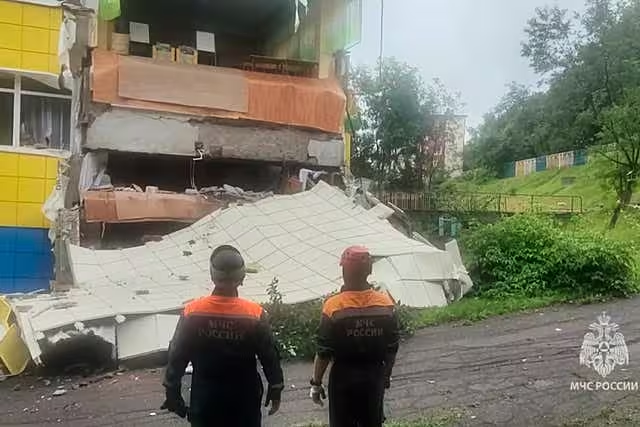
According to NHK, the epicenter was located about 260 km from Hokkaido, where the tremors were weakly felt.
TASS reported from Petropavlovsk-Kamchatsky about residents going out onto the streets en masse in their night clothes, furniture falling, mirrors being broken, and cars and buildings shaking.
Power and communication outages have been reported in the capital of Kamchatka. Evacuation measures are being carried out on Sakhalin, emergency services have been put on high alert.
Local authorities mentioned several calls for medical assistance, but ruled out cases of serious injuries.
The Alaska State Troops Warning Center issued a warning for parts of the Aleutian Islands and monitored the West Coast of the United States, including Hawaii.
The advisories also apply to a significant portion of Alaska's coastline.
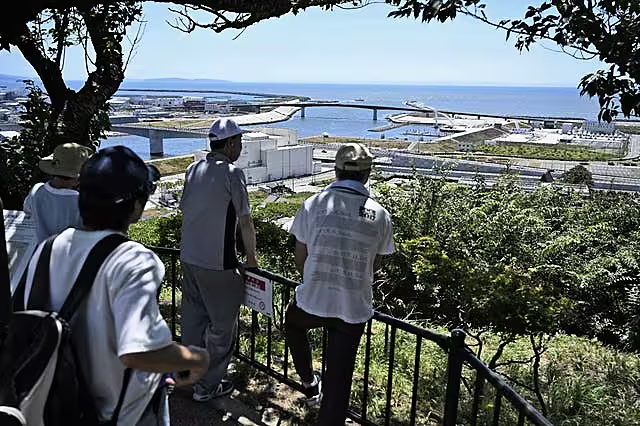
The event was the largest since March 2011, when a magnitude 9.0 earthquake off the coast of Japan triggered a catastrophic tsunami and an accident at the Fukushima nuclear power plant.
Japan's Pacific coast nuclear power plants reported no emergency situations.
TEPCO, the operator of Fukushima-1, evacuated about 4,000 employees to higher ground and organized remote monitoring of the site.
The Philippines has warned eastern provinces of possible swells of up to a metre, advising people to avoid the coast.
New Zealand has issued a warning of strong currents and abnormal tides, urging people to leave coastal areas, including harbours and river mouths.
The country is located approximately 9,650 km from the epicenter.
Sourse: breakingnews.ie

